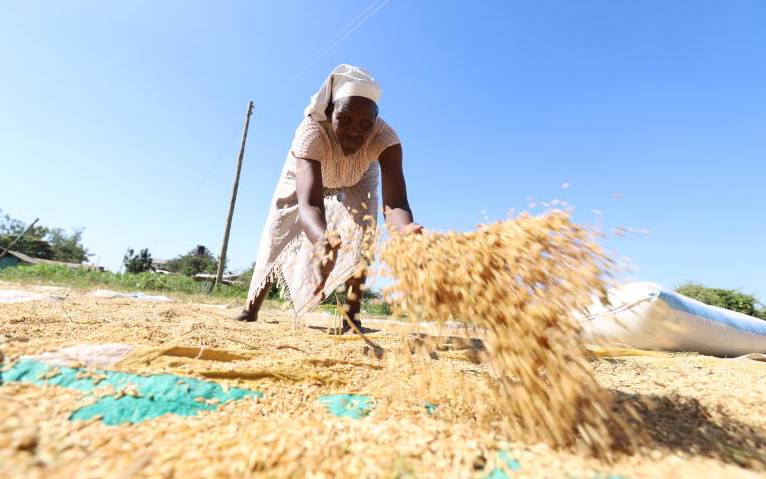×
The Standard e-Paper
Read Offline Anywhere

Monica Awino spreads rice to dry before milling at Nyang'ande in Nyando, Kisumu county on February 03,2019. The farmers in the area have devised modern farming methods to boost their yield. [Photo: Denish Ochieng/ Standard]
As Monica Awino spreads her rice in the sun to dry at her Nyang’ande home in Nyando, she expects a windfall.